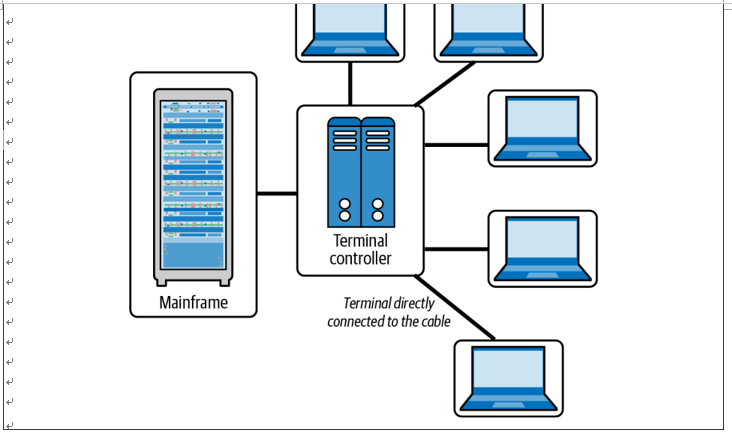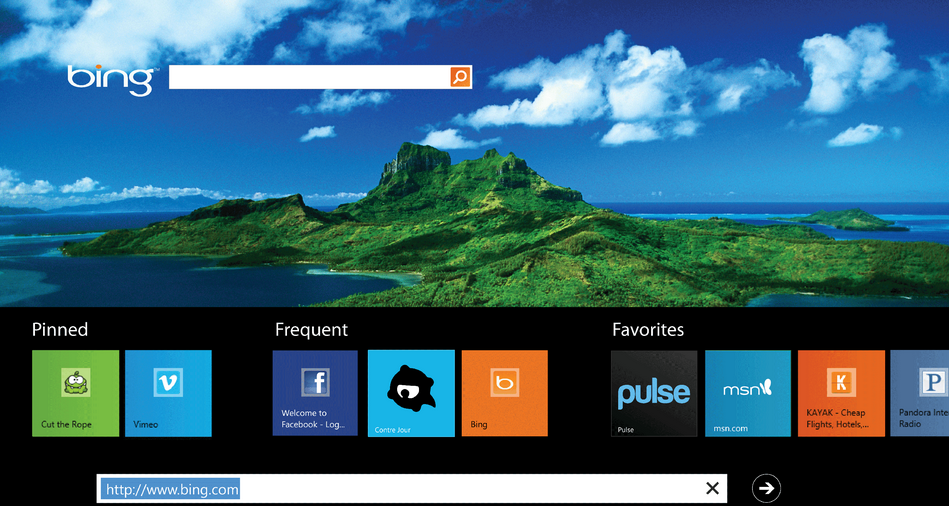The Road to Serverless – Introduction to Serverless on AWS
The Road to Serverless
During the early 2000s, I (Sheen) was involved in building distributed applications that mainly communicated via service buses and web services—a typical service-oriented architecture (SOA). It was during this time that I first came across the term “the cloud,” which was making a few headlines in the tech industry. A few years later, I received instructions from upper management to study this new technology and report on certain key features. The early cloud offering that I was asked to explore was none other than Amazon Web Services.
My quest to get closer to the cloud started there, but it took me another few years to fully appreciate and understand the ground-shifting effect it was having in the industry. Like the butterfly effect, it was fascinating to consider how past events had brought us to the present.
The butterfly effect is a term used to refer to the concept that a small change in the state of a complex system can have nonlinear impacts on the state of that system at a later point. The most common example cited is that of a butterfly flapping its wings somewhere in the world acting as a trigger to cause a typhoon elsewhere.
From Mainframe Computing to the Modern Cloud
During the mid-1900s, mainframe computers became popular due to their vast com‐ puting power. Though massive, clunky, highly expensive, and laborious to maintain, they were the only resources available to run complex business and scientific tasks. Only a lucky few organizations and educational institutions could afford them, and they ran jobs in batch mode to make the best use of the costly systems. The concept of time-sharing was introduced to schedule and share the compute resources to run programs for multiple teams (see Figure 1-1). This distribution of the costs and resources made computing more affordable to different groups, in a way similar to the on-demand resource usage and pay-per-use computing models of the modern cloud.

Figure 1-1. Mainframe computer time-sharing (source: adapted from an image in Guide to Operating Systems by Greg Tomsho [Cengage])
